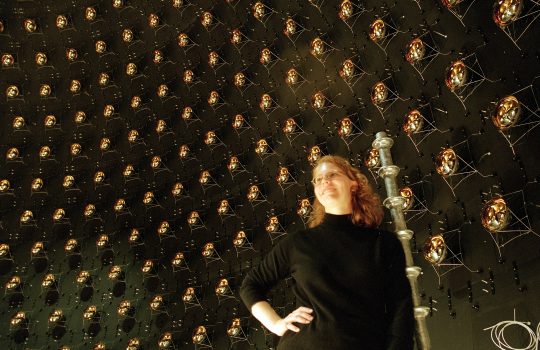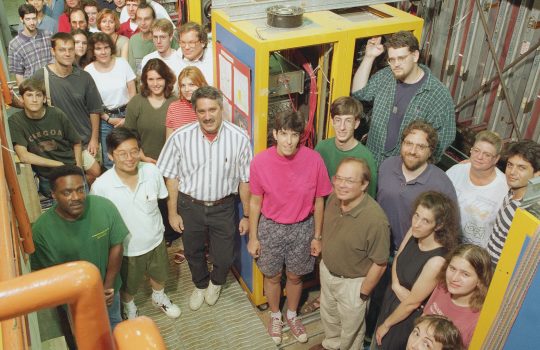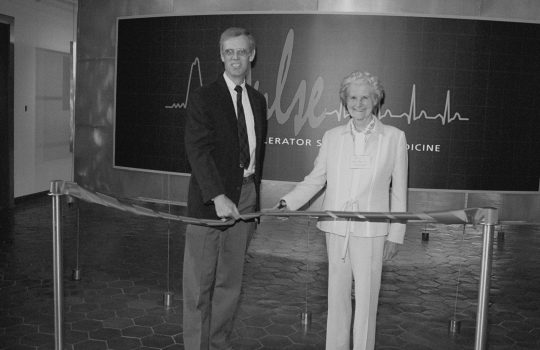New HEP news wire from Fermilab and SLAC
The U.S. Department of Energy’s Fermi National Accelerator Laboratory in Batavia, Ill., and Stanford Linear Accelerator Center in Menlo Park, Calif., today jointly announce the launching of an email news wire, HEP Interactions, for communicating news from high-energy physics and related fields.



